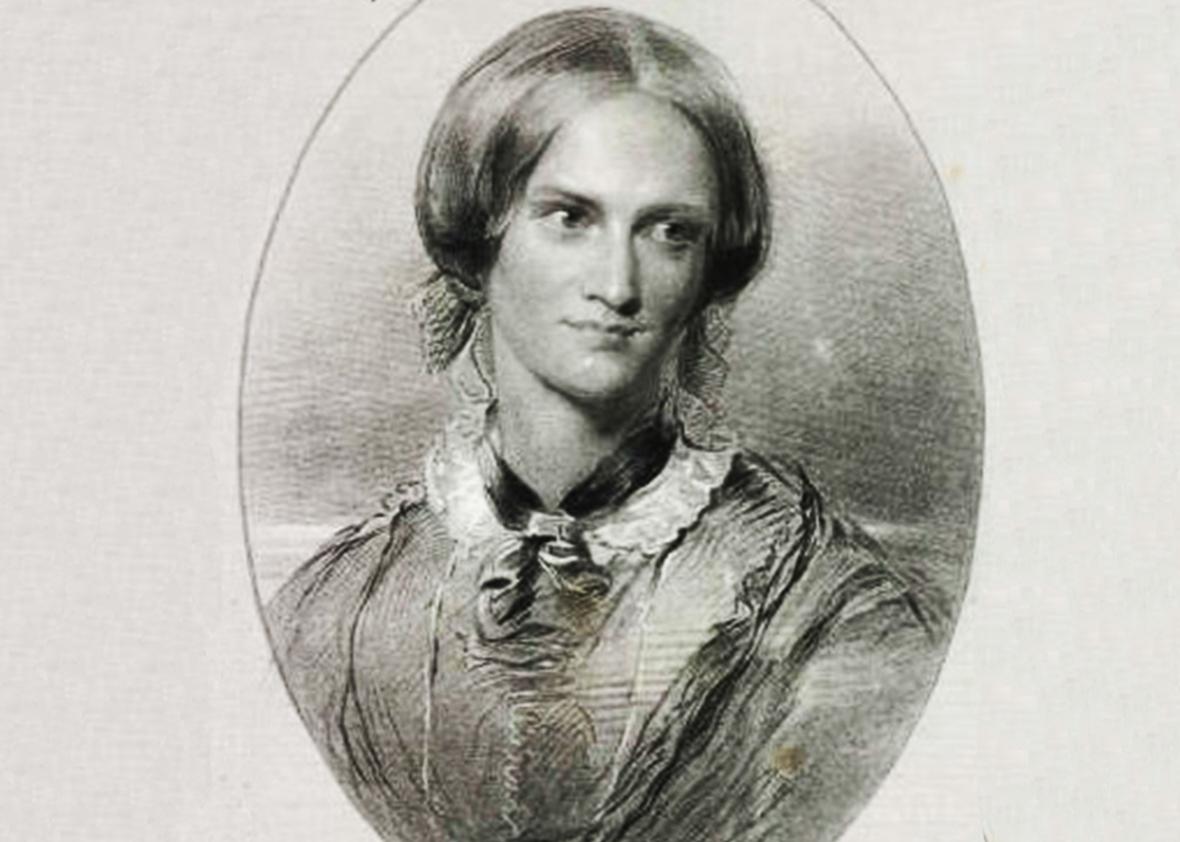This article is part of A Year of Great Books, a Slate Academy. To learn more, read Laura Miller’s introduction to the series, or visit Slate.com/GreatBooks.
Jane Eyre is a deceptively simple novel. It takes place in a stark, elemental landscape during what could be any period in the early 19th century. It’s largely free of topical references, historical context, political commentary, and social comedy; its characters are among the loneliest people in all of literature. There’s something of the fairy tale to Charlotte Brontë’s masterpiece. Although the novel feels suffused with meaning, it can be difficult to explain how it achieves that effect. Unlike Jane Austen, Brontë isn’t interested in presenting realistic, satirical depictions of a set of people and their manners, and unlike Dickens she doesn’t want to hold up a mirror to the age and its failings. All great books reach toward the eternal, but Jane Eyre reaches harder than most.
Nevertheless, many cultural threads feed into this novel, and just as many threads lead out of it. Its influence is subtle but pervasive. Jane Eyre is a gothic, which in Brontë’s time meant a spooky tale, typically set in a big, old house filled with secrets and a whiff of the supernatural. It was Jane Eyre that made a certain kind of protagonist—young, female, of humble origins but intrepid in spirit and very often a governess—the quintessential gothic heroine. Her hero, the stormy, saturnine Mr. Rochester, is a version of Lord Byron, the tormented genius who captivated the imagination of his age. Jane Eyre asks what it would mean to love such a man and what sort of woman would be equal to the task, questions that storytellers in various media have continued to pursue to this day.
Yet Jane Eyre is not primarily a love story, even if the novel’s more casual readers tend to reduce it to one. Instead, it presents its title character with a series of challenges and decisions—the loveless shelter she finds as an orphan in her aunt’s home; the harsh and unjust conditions of Lowood School; the isolation of Thornfield Hall and the prospect of eking out a marginal existence as a governess; the peculiar courtship of Mr. Rochester, who tantalizes Jane with what she wants most; the wrenching choice she must make when she learns his secret; a wandering in the wilderness to the very brink of death; a halting recovery leading to yet another choice; and finally one last uncanny crisis. This is the world that Keats called “the vale of Soul-making,” a place where the self is formed under great pressure and in the fires of contradictory impulses and desires. Love is one of those fires, but not the only one, and while it matters tremendously to Jane, it doesn’t matter more than anything. The great theme of Brontë’s novel is not love, but identity.
Perhaps that’s why Jane Eyre appeals so powerfully to young readers, especially young women, who recognize the novel’s heroine as defying a lot in life that relegates her to numb, apologetic, self-abnegating obedience. “Do you think, because I am poor, obscure, plain and little, I am soulless and heartless?” Jane thunders at Mr. Rochester. “You think wrong!—I have as much soul as you—and full as much heart!” Anyone who has ever felt so maddeningly disempowered and underestimated—that is anyone, really, who has ever been a child—can understand her rebellious fury. She will make the world and the people in it acknowledge that however modest her self may be, it belongs to her and her alone. No wonder young readers find her so riveting, although more seasoned eyes may see something frightening in her ferocity as well. When the novel was first published, Jane’s insubordination was regarded as rather shocking and unladylike.
Brontë emerged from an existence almost as straitened and solitary as Jane’s: the small parish of Haworth on the moors of Yorkshire. Her father was the curate, and her mother died when Charlotte was 1 year old. Charlotte’s two eldest sisters died of tuberculosis contracted in a school that would become the model for Lowood. After that, the siblings—three sisters and their only, adored brother, Branwell—were educated at home. Charlotte, Anne, Emily, and Branwell invented complex imaginary worlds influenced by their reading of Shakespeare, Byron, and The Arabian Nights, with histories as complex and full of intrigue as the Westeros of George R. R. Martin. Branwell would squander his potential in drink and dissipation, but his three sisters went on to write and publish poetry and novels, initially under male pseudonyms. Two of these books, Jane Eyre and Wuthering Heights, are ranked among the greatest works in English literature.
The Brontës also inspired a cultish and highly romantic fascination among the reading public. Haworth Parsonage, where the siblings grew up and wrote most of their works, soon became a destination for their admirers. (It is now a museum.) Part of the spell the Brontës cast is due to their lives, a tale of genius blossoming in obscurity and of untimely death. (None of the siblings made it to 40.) But the books remain at the heart of the Brontë mystique. With its power to enthrall readers, a power that hasn’t diminished in nearly 170 years, Jane Eyre has proven itself, despite its insignificant-seeming heroine, to possess as much soul as the grandest epic or saga, and full as much heart, too.
* * *
I’ll be discussing Jane Eyre with Jacob Weisberg, chairman and editor-in-chief of The Slate Group, at the beginning of May, when you can also vote on the next selection for A Year of Great Books. To find out more—and to join the discussion on our Facebook group—go to slate.com/greatbooks.
